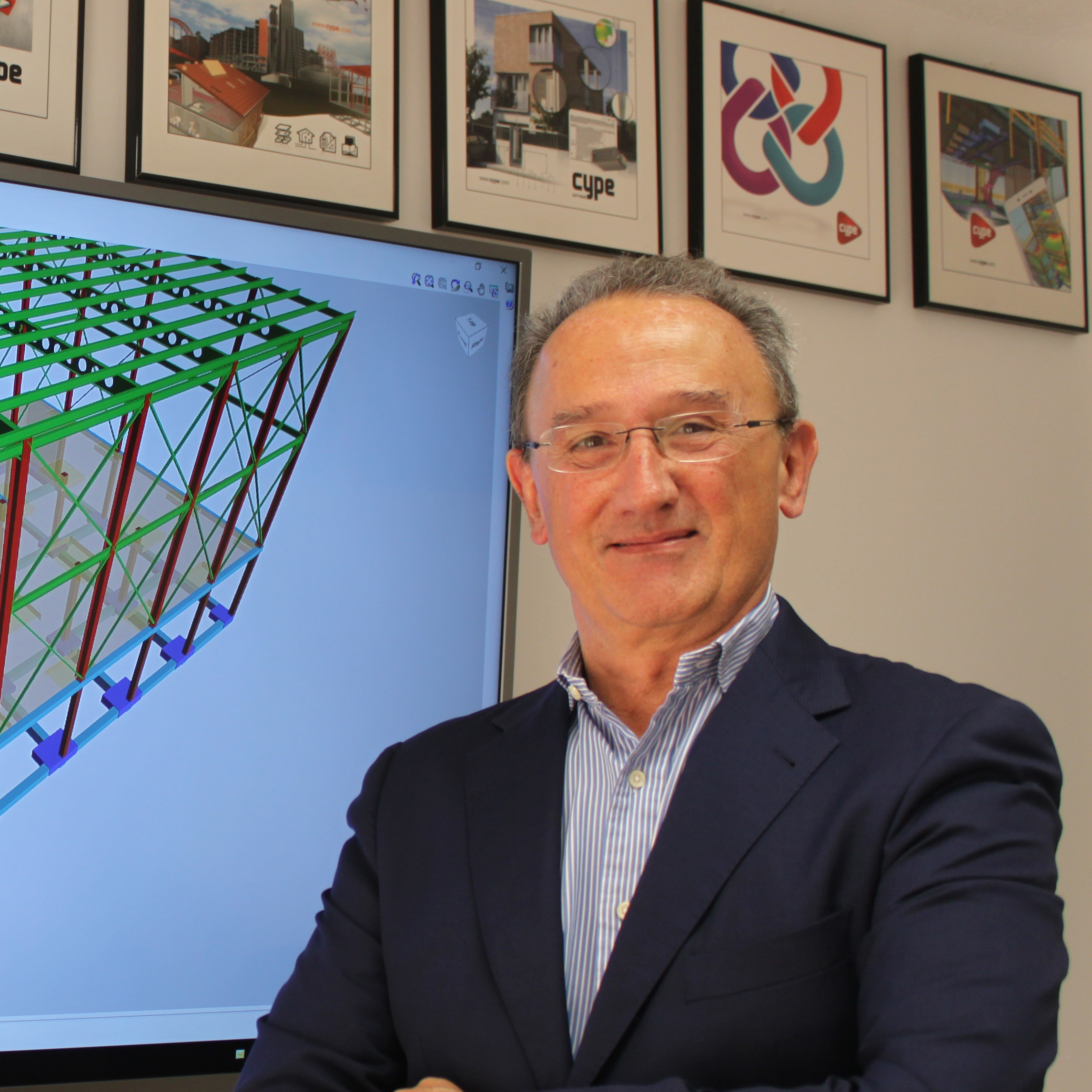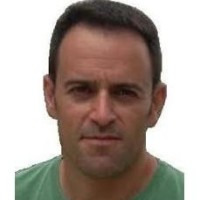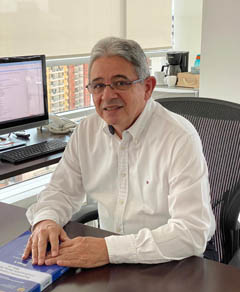We speak with Carlos Fernández, Technical Director at CYPE, about the evolution that this sector is undergoing in search of greater productivity with the integration of new technologies and about the applications offered by the company to achieve this much-needed digitalisation and improvement in productivity.
The various leading trade fairs and meetings in the construction sector emphasise digitalisation, innovation, energy efficiency and internationalisation. Do you think that these thematic areas reflect the reality and trends in the sector?
Absolutely. Construction is one of the most important economic sectors, accounting for nearly 11% of world GDP with a growth forecast of up to 13.2% in 2020. Despite this, construction is one of the economic activities that has evolved the least in terms of its productivity rate. Over the last 20 years it has remained stagnant as it has not taken advantage, as other sectors have, of the advances brought about by new technologies. As a result, together with agriculture, it is the sector that has been least digitalised. That said, it should be noted that the sector is changing and that there is now a predisposition on the part of companies and professionals to adopt new technologies and to take advantage of their benefits in search of greater productivity.
What technologies are you referring to?
Open BIM (Building Information Modelling) technology or BIM philosophy, as some call it, is the axis around which the construction sector’s digitalisation strategy should revolve and is revolving. This technology has been around for decades, but it is only in the last few years that it has been widely implemented around the world. Its use has undeniable benefits such as the possibility it gives designers to work on the same project in real time, from different locations, reducing economic and time costs, improving the quality of projects, providing more security, etc. But it doesn’t just facilitate collaborative, multidisciplinary and multi-user work. BIM is the gateway to other innovative technologies such as robotics, drones, augmented reality, blockchain, 3D printing and the Internet of Things.
“CYPE has adapted all its software to Open BIM technology and is developing new specialist tools to make designer’s work more efficient”
Have professionals been sufficiently trained in the use of Open BIM technology?
Depending on the country its implementation is higher or lower, which influences the professionals’ knowledge about this new way of working that BIM provides. In the United States or in Asian countries, its use is very popular, as well as in northern European countries. If we focus on Spain, for example, professionals and companies are beginning to embrace this new operating method. In the coming months it will increase thanks to the fact that the Spanish Ministry of Public Works and Transport has established minimum BIM requirements for all public tenders related to building. According to the latest report of the observatory es.BIM, between 2017 and 2018, 313 public tenders have been registered with a BIM requirement.
Are professionals afraid of this new way of working? How do they perceive it?
New things are always scary, as they involve changing work habits. In our training sessions related to Open BIM technology and the use of our software in this workflow, we always tell the attendees that BIM is all about working with digital models. Nothing more and nothing less. Moreover, its implementation and use in the company must be the result of a "sweet" transition in which, above all, efficiency, speed, agility and, in short, productivity are paramount. Nowadays, people sometimes believe that BIM is an obligation, which is wrong. We are convinced that working with digital models will prevail because it benefits all construction agents.
Within this evolution of the construction sector, how has CYPE adapted to this digitalisation?
CYPE knew from the very beginning that the different professionals involved in a project should have the opportunity to work with digital models and facilitate the use of different highly specialised software whose results can be interrelated within the same project thanks to the use of open IFC formats. Construction projects are becoming increasingly more complex due to regulatory requirements, energy efficiency requirements, and the design and analysis of installations. There are many areas involved in a project and, therefore, there are many professionals who use different design and analysis tools, so facilitating the interrelation between them and, therefore, facilitating our users’ work has been, is and will always be our priority. CYPE has therefore adapted all its software to Open BIM technology and is developing new specialist tools to make its work more efficient.
What areas are we referring to?
“Manufacturers have realised that creating a digital library of their products is not enough for their customers, as designers are asking for analysis applications and software such as Open BIM Systems”
CYPE's software allows professionals to develop their construction projects in a digital work environment, carrying out their design and analysis in areas as diverse as structures, installation, and architectural and urban modelling. In addition, and within our software development offer, in the last year we have created the Open BIM Systems department, our company’s specific service for manufacturers to integrate their products into the Open BIM workflow through the development of customised software where their products are defined with standard and open formats, making them compatible with any modelling software. These highly specialised tools are an excellent marketing opportunity for manufacturers, facilitating the work of designers by allowing them to design and analyse a project with their specific products, increasing the likelihood that they will be implemented in the construction phase.
How are manufacturers adapting to the digitalisation of the construction sector?
Manufacturing companies can see how designers and their customers are demanding that their products be made available in a digital format. They are the most interested in digitalising their products and many of them have been working on this for years, digitalising their catalogue or a part of it. However, manufacturers have realised that creating a digital library of their products is not enough for their customers, as designers are asking for analysis applications and software. Open BIM Systems was created to meet this market demand.
Which companies have adapted their products to Open BIM technology with this CYPE service?
We have developed highly specialised applications for companies such as Daikin, Fujitsu, Toshiba, Inmesol, Orkli, Focchi, among others, and we are currently working on the development of different software for the products of Midea, the world's leading company in air handling units, in Spain and France. Designers can now work with their products in an Open BIM environment through the BIMserver.center platform, with the added bonus of being able to see how their products would look in a project in augmented reality starting from the design phase.
Energy efficiency is another of the industry's key topics. What does CYPE have to offer in this field?
The construction of low or very low energy buildings is one of the European Union's main objectives. In fact, from December 2020, all new buildings constructed in the EU will have to be nearly zero energy buildings (NZEBs). At CYPE we have not been oblivious to this trend that began years ago and we have specialised software that covers all areas when designing and analysing buildings capable of producing the same or more energy than they will consume over the course of a whole year.
Analysing the climate, defining the most appropriate bioclimatic strategies, designing them, implementing them and optimising them in a project are some of the solutions offered by our tools, which, when linked together or with other software solutions through Open BIM technology, allow users to carry out real simulations, determine the economic profitability and forecast the energy consumption of a building according to the materials used, its insulation, or its HVAC installation.
Is there a geographical limitation to these analyses that can be carried out with CYPE software?
CYPE is currently undergoing a period of international expansion and, as of today, we are present in 180 countries. In order to satisfy our users all over the world, we have implemented internationally recognised calculation engines into our tools, so that the software is guaranteed to work in any country. In the field of energy efficiency, for example, CYPETHERM EPlus uses the international calculation engine EnergyPlusTM while CYPETHERM LOADS allows users to check and understand the behaviour of at building in the thermal load analysis with ASHRAE methodology. In addition, we have also implemented the energy efficiency codes of countries such as Italy and France in our software, as well as the different Eurocodes.
So can CYPE software also help Spanish companies expand internationally?
Yes, we have implemented codes from many countries in the areas of structures, wind, earthquakes, acoustic insulation, thermal study, building installations, fire safety, among others, which allow many of our clients to develop their projects abroad with CYPE software confidently and with no need to change their usual working software. There are many clients who use our software to carry out projects abroad, which is why we have become their technological suppliers when carrying out their projects in countries that are new to them.





